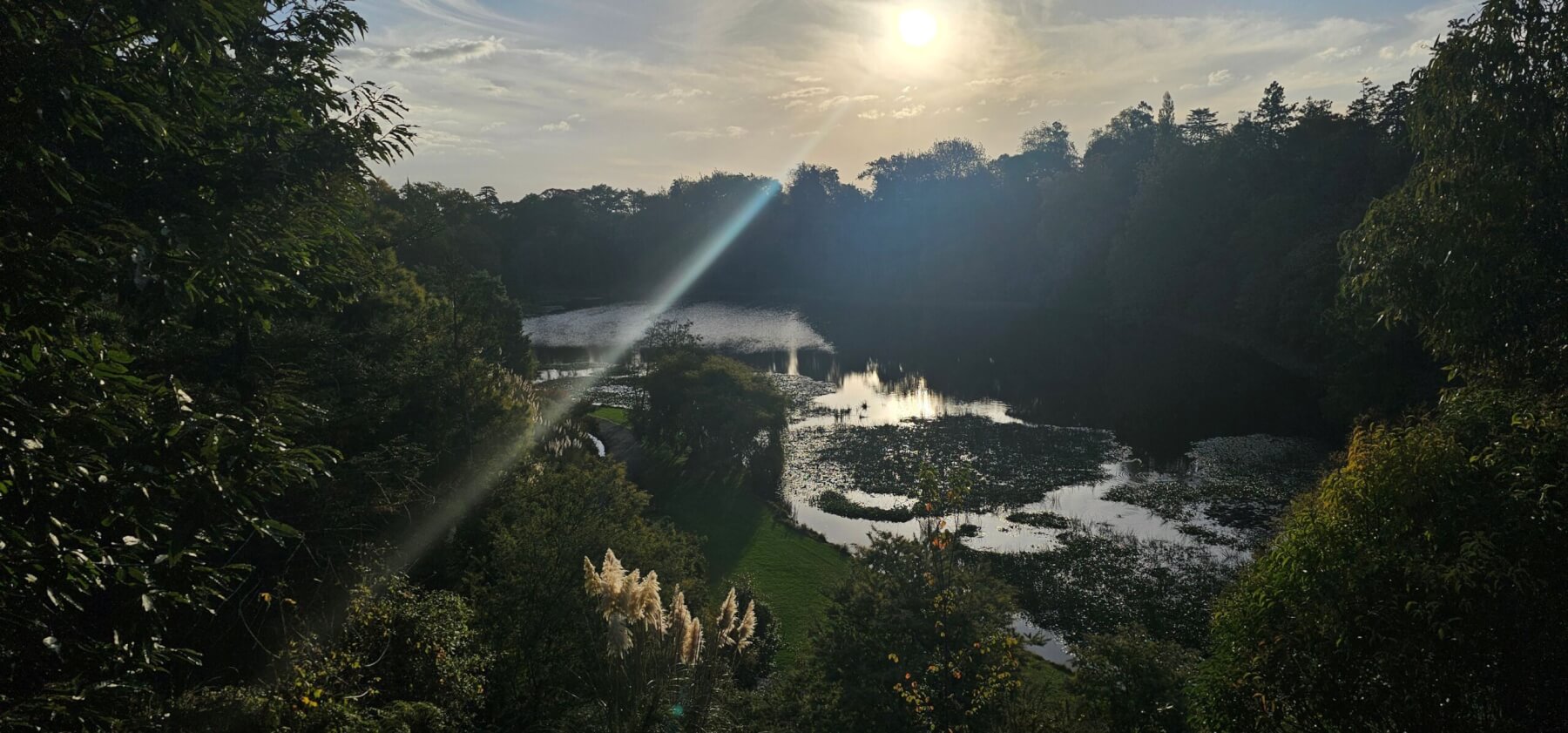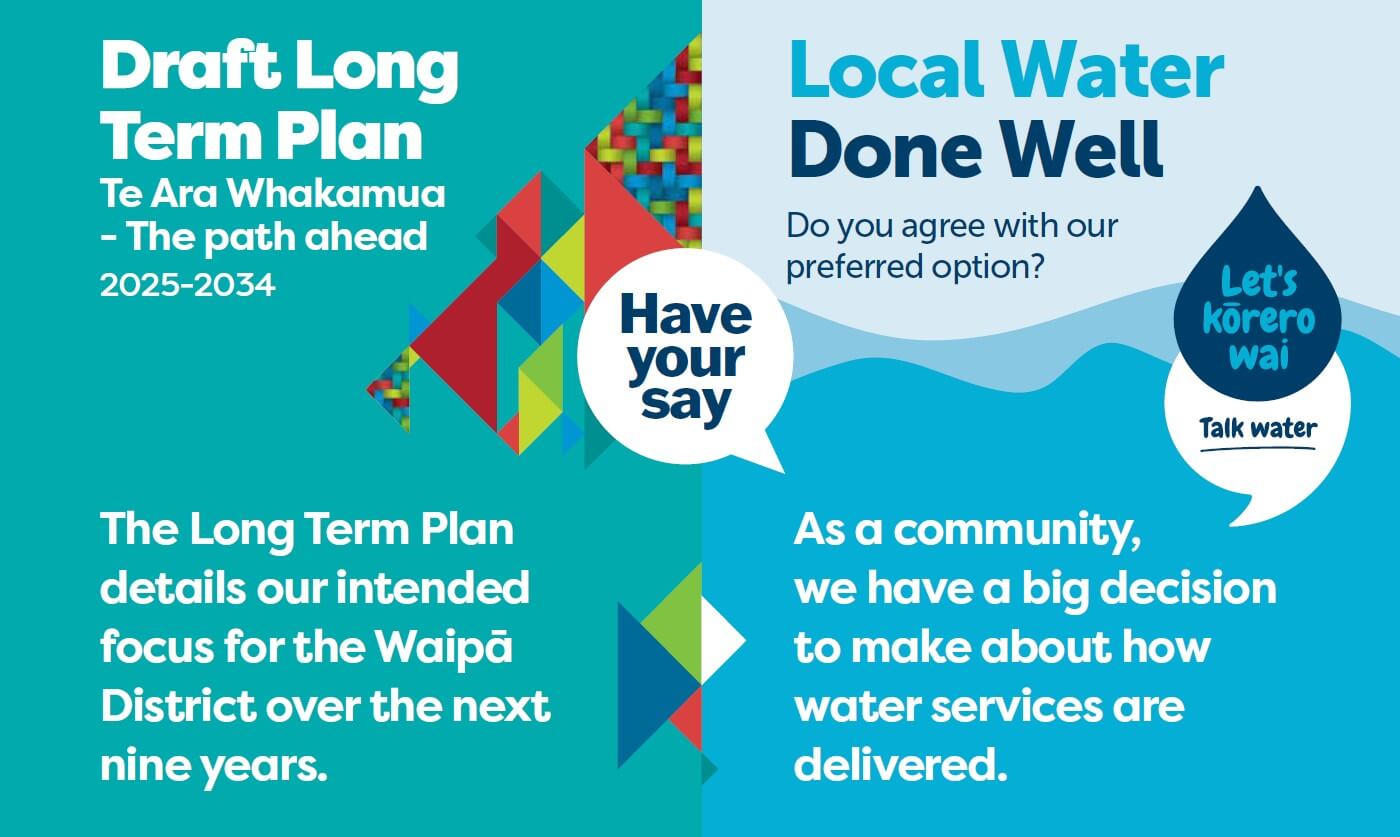
Letters to the Editor
Dead fish

Lake Te Koo Utu
Recent reports of dead carp (goldfish) in Lake Te Koo Utu, are not surprising, and of the observation that no native fish were found dead – that is because there are no native fish in the lake. They died off 30 or so years ago. The lake is operated like a septic tank, we can see the overflow drains only take the fresh surface water away, leaving dirty water behind. The result is that hardy fish like carp cannot survive. Apart from fish and ducks dying at our lake, it will soon become a toxic swamp, not a place of enjoyment. Councils’ policy of doing nothing will result in the lake being fenced off as a hazard to the public.
Stu Barnett
Cambridge
Brochure brickbat
The recent colourful Waipa District Council brochure to households includes lots of words about Local Water Done Well, but no financial figures on which the claims have been made – apart from a small chart headed “The dollars and cents – about the finances” which supposedly shows Waikato Waters Ltd savings.
It seems to me the Waipā District Council chart showing calculations of increases in water charges has very obvious errors. The chart comments “Water charge increases of about four per cent for the eight years from July 2026 to the end of June 2034 are indicated” and shows two four years periods. A four percent annual increase would take the annual charge to $2568 not their $2260.
Further, the WDC chart shows the annual rise on the first four years is 4.45 per cent (I calculate) to reach $2234, and over the next four years a total of only $26. Look at the WDC chart – are they kidding? The WDC brochure has a part headed “We’ve done our homework”. I don’t think so. This is the council which has lost on their so called arbitrage deal. Why are there these mistakes, and what are our likely charges with this Waikato Waters Ltd proposal?
Peter Clapham
Whitehall

Waipā District Council responds: The consultation document refers to water charge increases of about four percent per year for the eight years from July 2026 to the end of June 2034 being indicated. The table shows the water charges per residential connection for the 2025-26 year, as per the draft Long Term Plan, and then the increases in two four year increments based on the cost at the start of the 2026-27 year when water assets would be transferred over to the CCO.
The financial modelling to date assumes existing pricing structures and work programmes included in each of the council’s Long Term Plans will stay the same after the transition of water services in the short to medium term. The CCO board and management will be responsible for future pricing. The Commerce Commission will be responsible for providing independent oversight to ensure prices are reasonable, benchmarked and sustainable.








